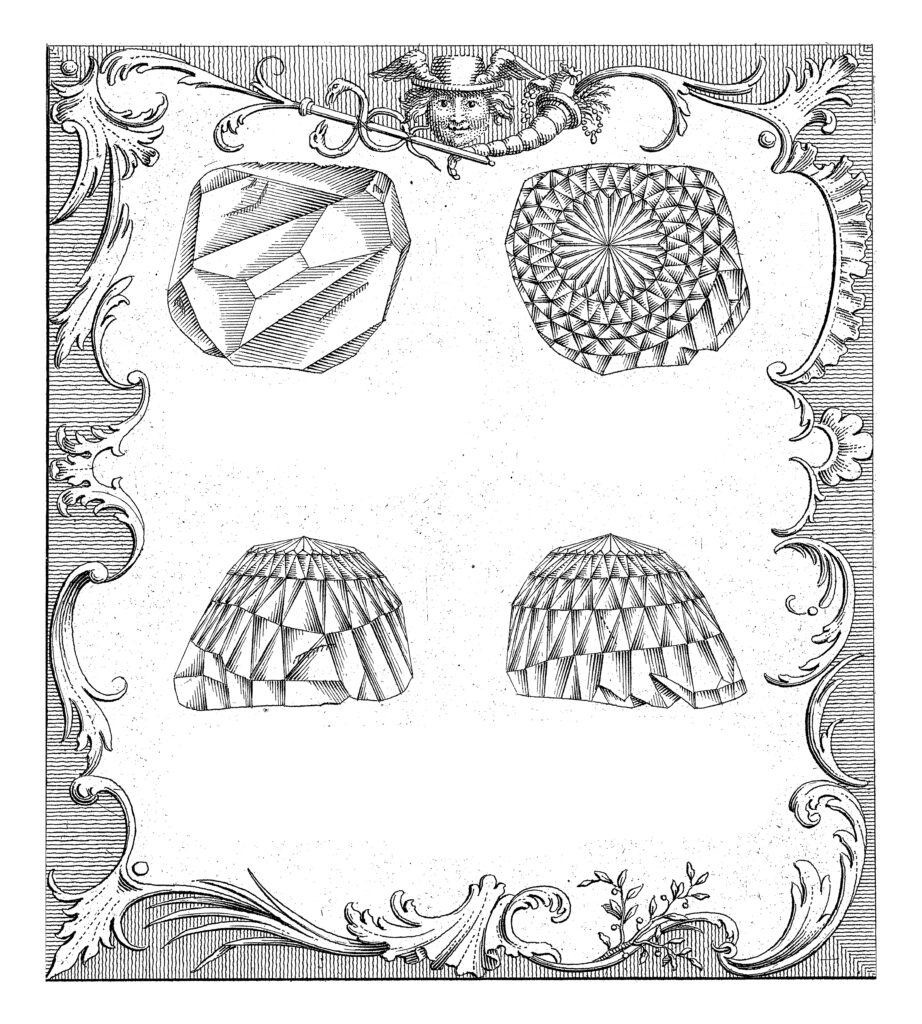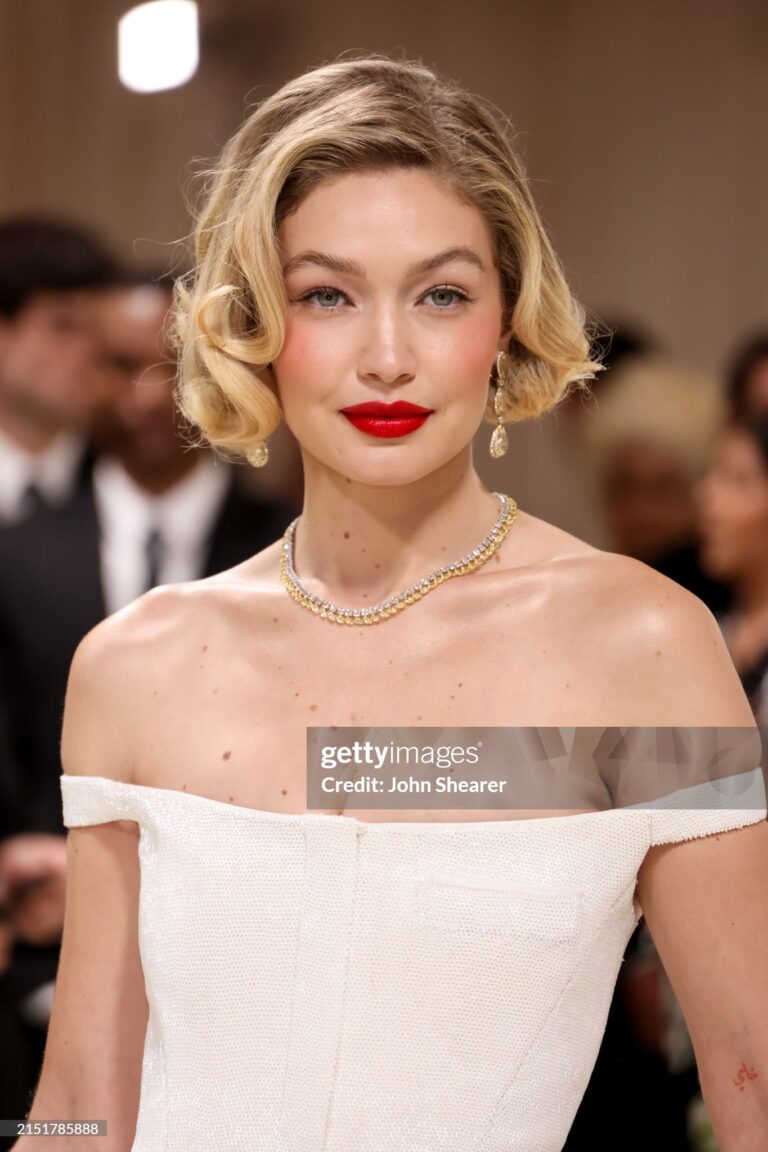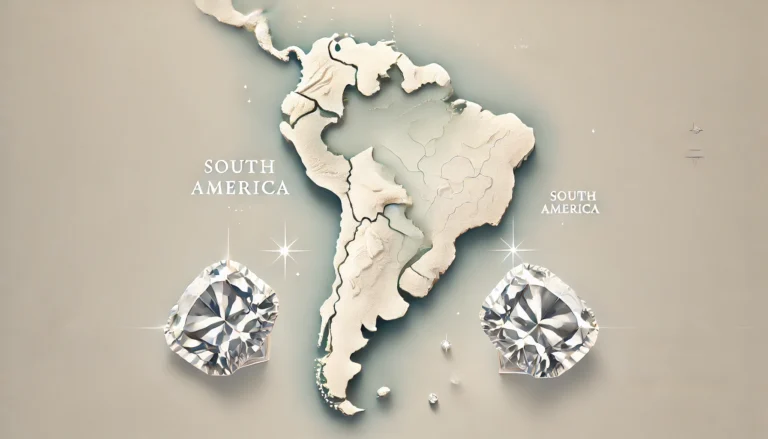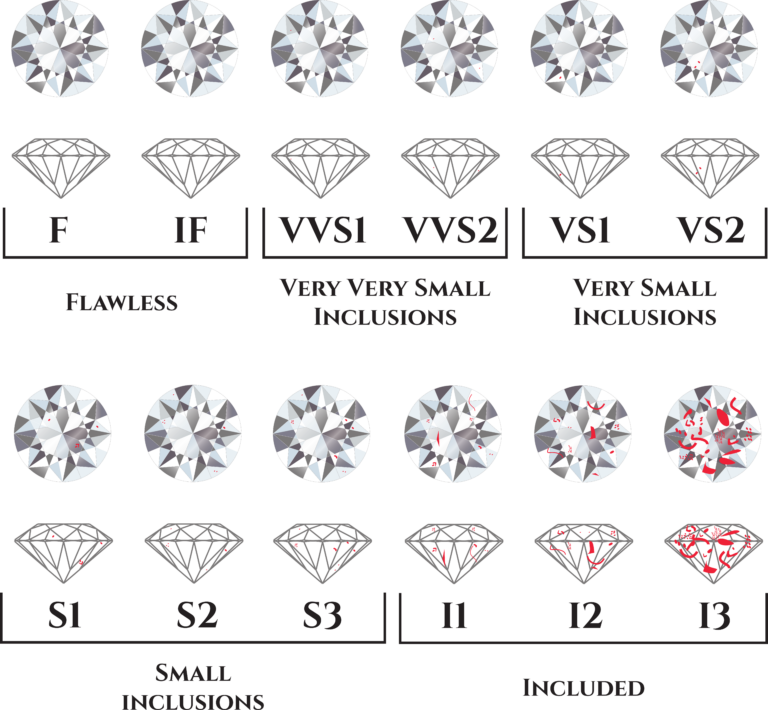
Diamonds have always piqued human interest, whether for their size, beauty, color, or history. Continuing from the last article, there are many more diamonds that are extremely well-known and treasured worldwide, such as the Orloff (or Orlov) diamond, the Idol’s Eye, and the Sancy. All three of these diamonds originate from India; however, throughout time, they have ended up in various places and different people’s possession.
The Orloff diamond has a significant amount of history. Starting in India, it was later targeted by the French, then owned by an Iranian millionaire, found in Amsterdam, and finally resting in the Kremlin’s armory. The diamond weighs 189.62 carats (37.924 grams) and has a bluish-green tinge. This diamond has seen its fair share of people attempting to take it and was even considered lost at one point. The name is derived from a Russian count, Grigori Orloff, who was the last person to buy it and give it to his wife, Empress Catherine the Great.
The Sancy diamond was originally part of a bigger diamond called the Balle de Flandres. It weighs 55.23 carats (11.046 grams) and has a pale yellow color; however, the exact color grade has yet to be given. Just like the Orloff diamond, the Sancy diamond also has a tremendous amount of history. It is thought to originate from India, as its cut is peculiar by Western European standards, but its documented history begins in Europe. It starts in France, moves to Portugal, then back to France, where it was bought from a French diplomat and stone collector, only to be later sold to Turkey, and finally finding its current resting place in the Galerie d’Apollon in the Musée du Louvre.
Our final diamond is the Idol’s Eye, found in 1600 in India. It weighs 70.21 carats (14.020 grams), has a light blue tint, and has nine facets. This diamond, however, does not have as long-lasting a history as the other two. It was found much earlier but did not pass through as many different countries or people as the Sancy and the Orloff. It was owned by Prince Rahab of Persia and later auctioned in London, where it was bought by the Sultan of the Ottoman Empire, Abdul Hamid II. However, after many wars, the diamond was taken by a Spaniard and sold to an American during WWII, and now it lies in the New York Metropolitan Museum of Art.




